2023 Seoul Biennale of architecture invites visitors to step into the outdoors
Seoul Biennale of Architecture and Urbanism 2023 has launched in the South Korean capital, running themes around nature and land through the lens of urbanism
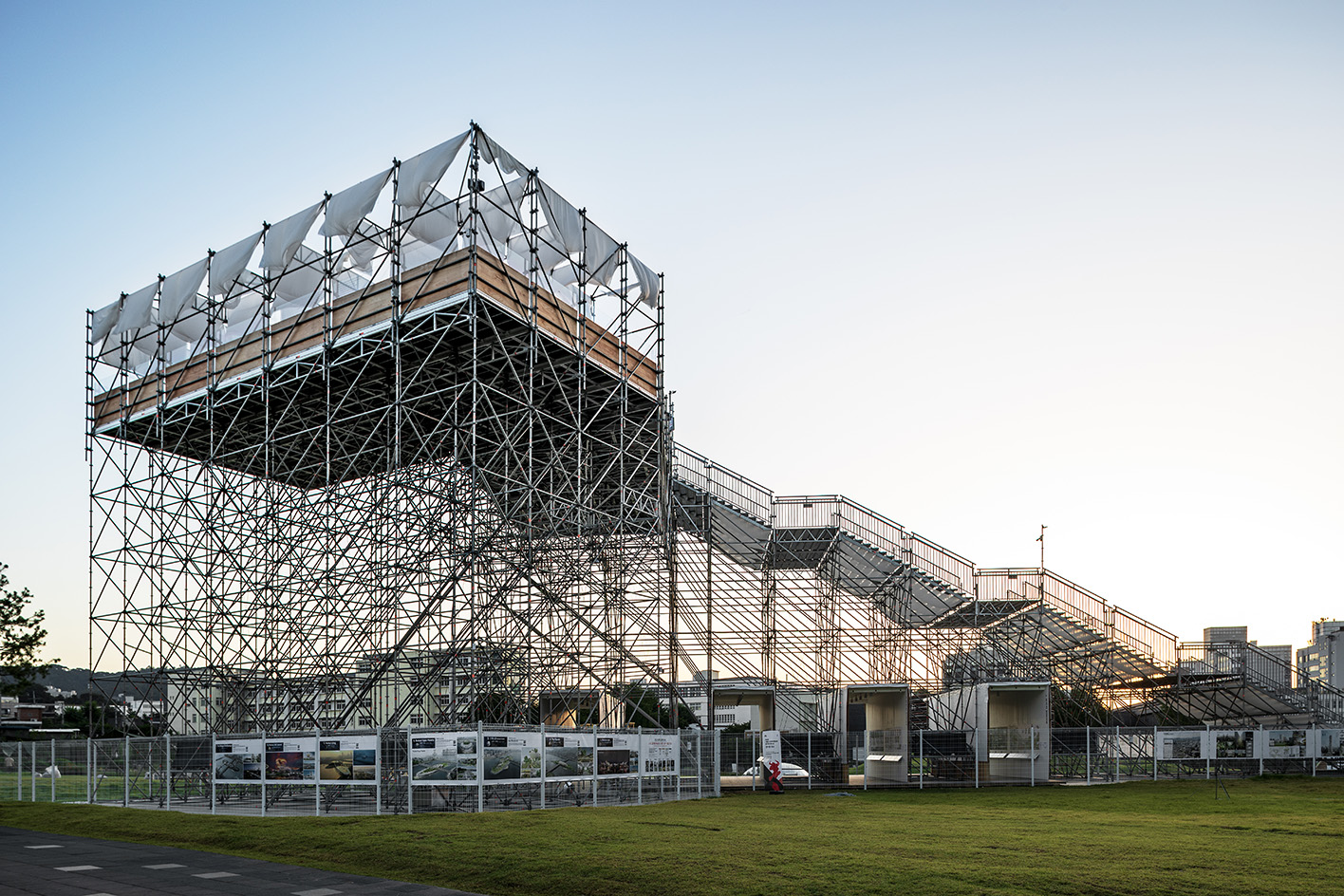
'Land' is the key word to zoom into at the Seoul Biennale of Architecture and Urbanism 2023, which has just launched at the South Korean capital, taking place from 1 September through to 29 October.
Titled 'Land Architecture, Land Urbanism: City of Mountain Ranges, Waterways, and Wind Breezes – Drawing of the Seoul’s Next 100 years' and curated by general director Byoung Cho, this year's biennale explores the connection between urbanity and nature, especially in the context of its host city of Seoul. 'Ecology', 'topography' and 'view' – the three elements highlighted at the festival as critical to building – are master concepts explored throughout the event, threading together the theme across the biennale.
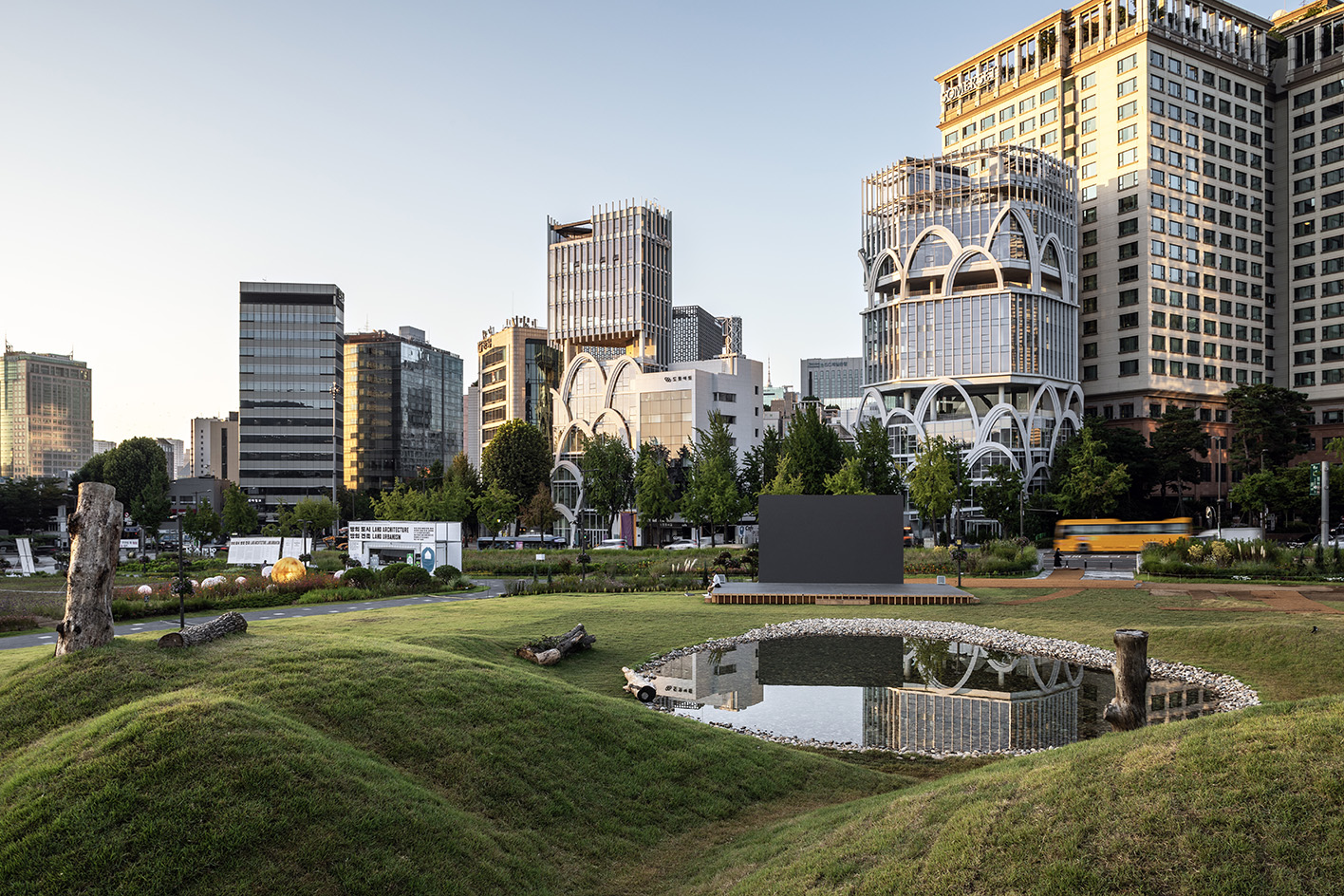
Earth Project, exterior
Seoul Biennale of Architecture and Urbanism 2023: stepping outside the box
The main difference between this year’s biennale and previous editions is the use of outdoor space. While previous festivals were all held indoors in a more conventional, exhibition format, this year, an outdoor, green space is used as the main venue, inviting visitors to connect with nature.
Songhyeon Green Plaza – which used to be an empty, unused space that had been closed off to the public until earlier this year – has now become the event's beating heart. Whats more, situated between Gyeongbokgung Palace and the Seoul Museum of Craft Art, this open square will continue to be available to the public for three years after the biennale ends – until a museum dedicated to the late Samsung chairman, Lee Kun Hee, breaks ground on site.
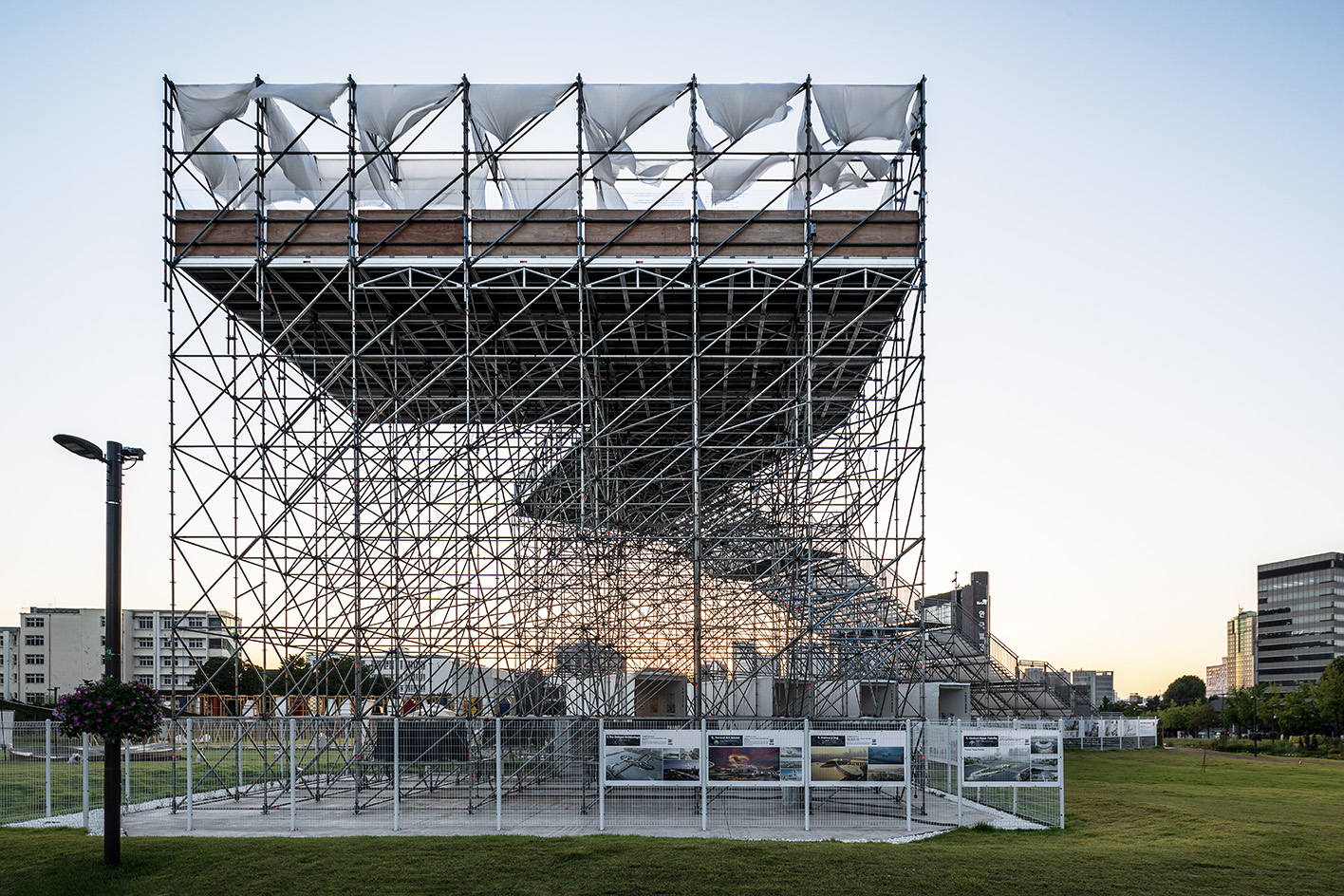
Sky Project
Beyond Songhyeon Green Plaza, two more locations have been enlisted for this year's big architectural event: the Seoul Hall of Urbanism and Architecture, and the Seoul Citizens Hall. At the Songhyeon Green Plaza lie Cho’s Sky Project and Earth Project. Conceived as independent pavilions, the two structures are an important part of the biennale's themed show.
The Sky Project is an installation that provides an experience that resembles climbing a mountain, as visitors must go up stainless-steel stairs to reach the top of the 12m structure. There, from a platform which functions like an observatory, people can feel the breeze and enjoy the scenery. It is also meant for visitors to appreciate land and its provenance and variety, as the soil piled up in small hills within it were brought from four different regions in the country.

Earth Project
'Seoul has a unique topography and is a city that was built around an axis – from the mountains to the river. I wanted people to feel and discover that axis,' says Cho. 'Only when you are 12m up can you see the nearby mountains (Mount Bugak and Mount Inwang), which are shadowed by the buildings.'
Receive our daily digest of inspiration, escapism and design stories from around the world direct to your inbox.
Nearby is the Earth Project, a large pond surrounded by stones and manmade hills. The installation will remain on site for three years while the others will be taken down after the biennale. The festival this year aims to be waste-free, using re-usable, modular materials that are easy to assemble and dismantle.

Sky Project
Surrounding the two main installations are a further five pavilions, including Sound of Architecture by USI Mendrisio, and art installations of nine Korean new and established artists, such as Jungjoo Im and Jungmo Kwon.
At the Seoul Hall of Urbanism and Architecture, which is located next to City Hall, the exhibition 'Seoul 100-year Masterplan' explores ideas for the future – looking into the next 100 years.
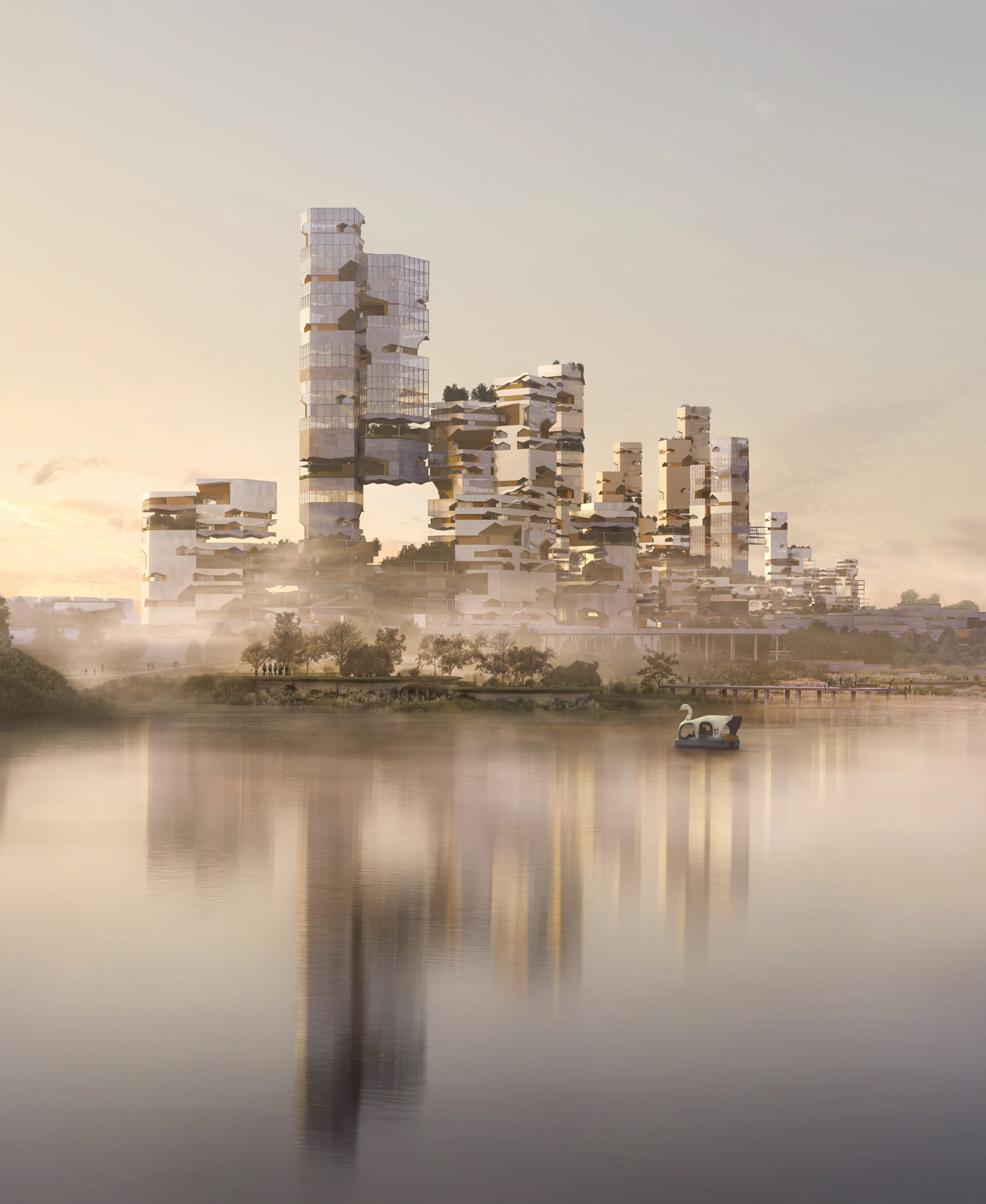
Hyper Abundant City by RIOS
Here, a mix of studios from across the globe map out suggestions for life and architecture in the city in the next century or so. For example, the Los Angeles-based architecture collective RIOS reimagines the future of Apgujeong, a posh neighborhood in Gangnam, as a vertical Hanok Village that extends and connects to the river barrier-free.
'Seoul has become too dense and clustered by buildings and roads, leaving little space for greenery. In the masterplan, we explore how we can make way to greenery in spaces occupied by buildings and roads,' says Cho. 'Until now, Seoul only had regulations and no masterplan. As European cities were built with a masterplan, Seoul should also move in that direction.'

Hyper Abundant City by RIOS
In that vein, the Guest Cities exhibition 'Parallel Grounds' at the Seoul Hall of Urbanism and Architecture and Seoul Citizens Hall, presents case studies of how other cities address the issue of density and yet maintain vibrancy at the ground level - expanding the biennale's theme beyond its host city's strict borders and reaching out for meaningful connections, inspiration and idea exchange.

Sky Project

Sky Project

Earth Project
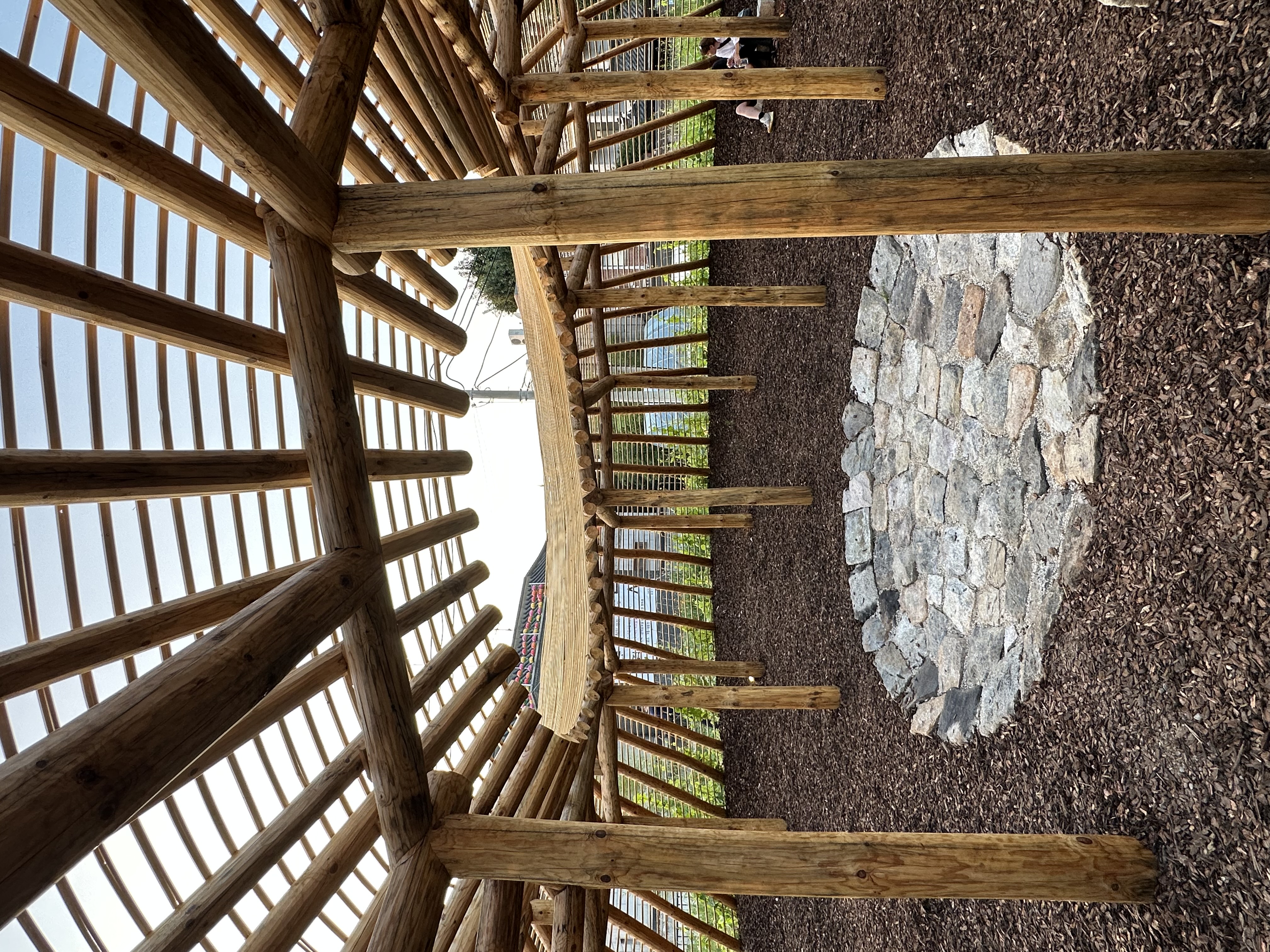
Pavilion at Songhyeon Green Plaza
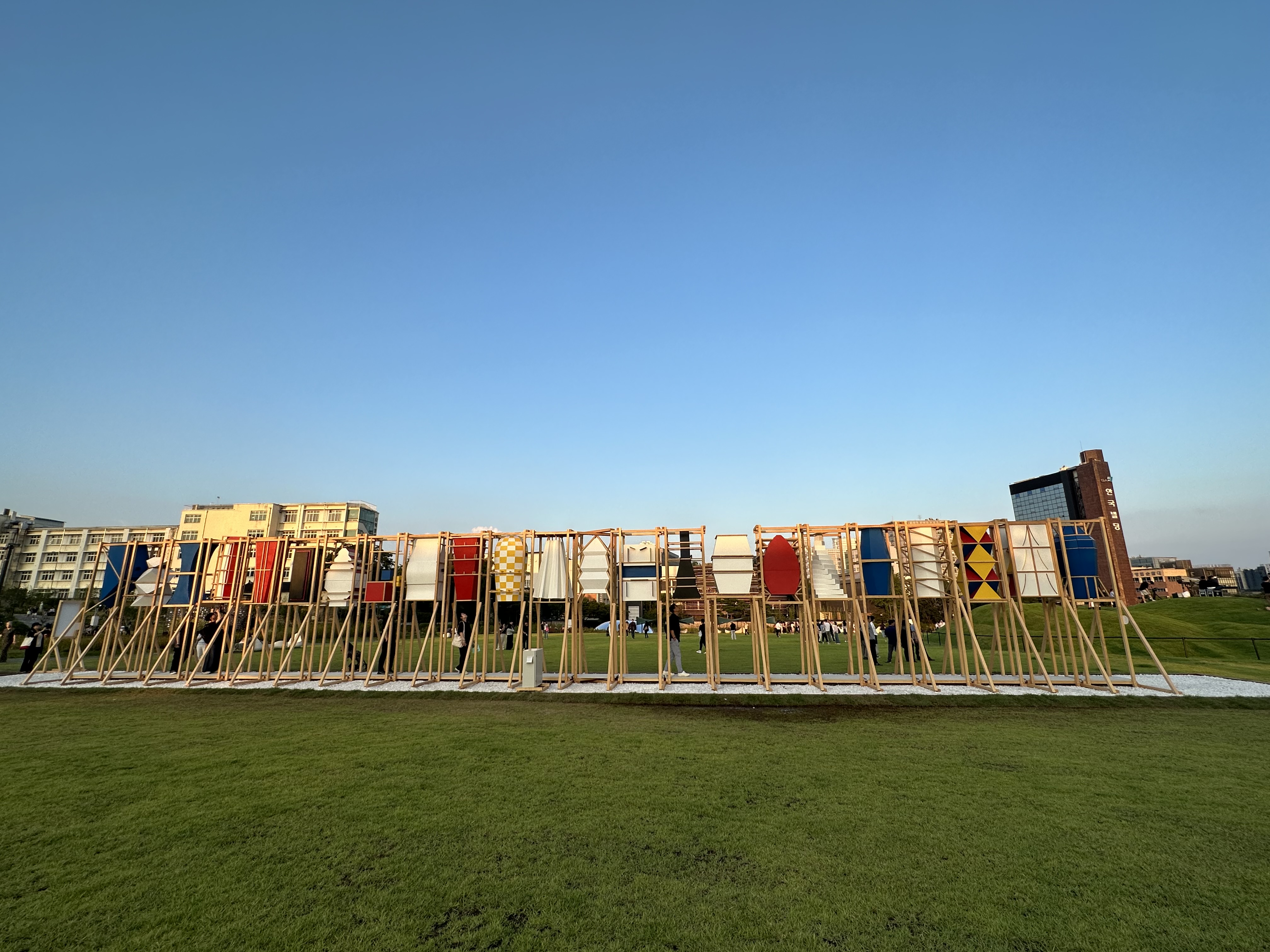
Pavilion at Songhyeon Green Plaza
SuhYoung Yun is a writer, journalist, and creative director active in the cultural field, especially focused on travel, design, art, architecture and food. She is the author of Switzerland: A Cultural Travel Guide (스위스 예술 여행), published in 2025 by Ahn Graphics, a renowned design publisher in South Korea. Yun was formerly the Cultural and Public Affairs Officer at the Embassy of Switzerland in Seoul, a position which inspired her to write the cultural travel guide.
-
 Aidia Studio's mesmerising forms blend biophilia and local craft
Aidia Studio's mesmerising forms blend biophilia and local craftMexican architecture practice Aidia Studio's co-founders, Rolando Rodríguez-Leal and Natalia Wrzask, bring together imaginative ways of building and biophilic references
-
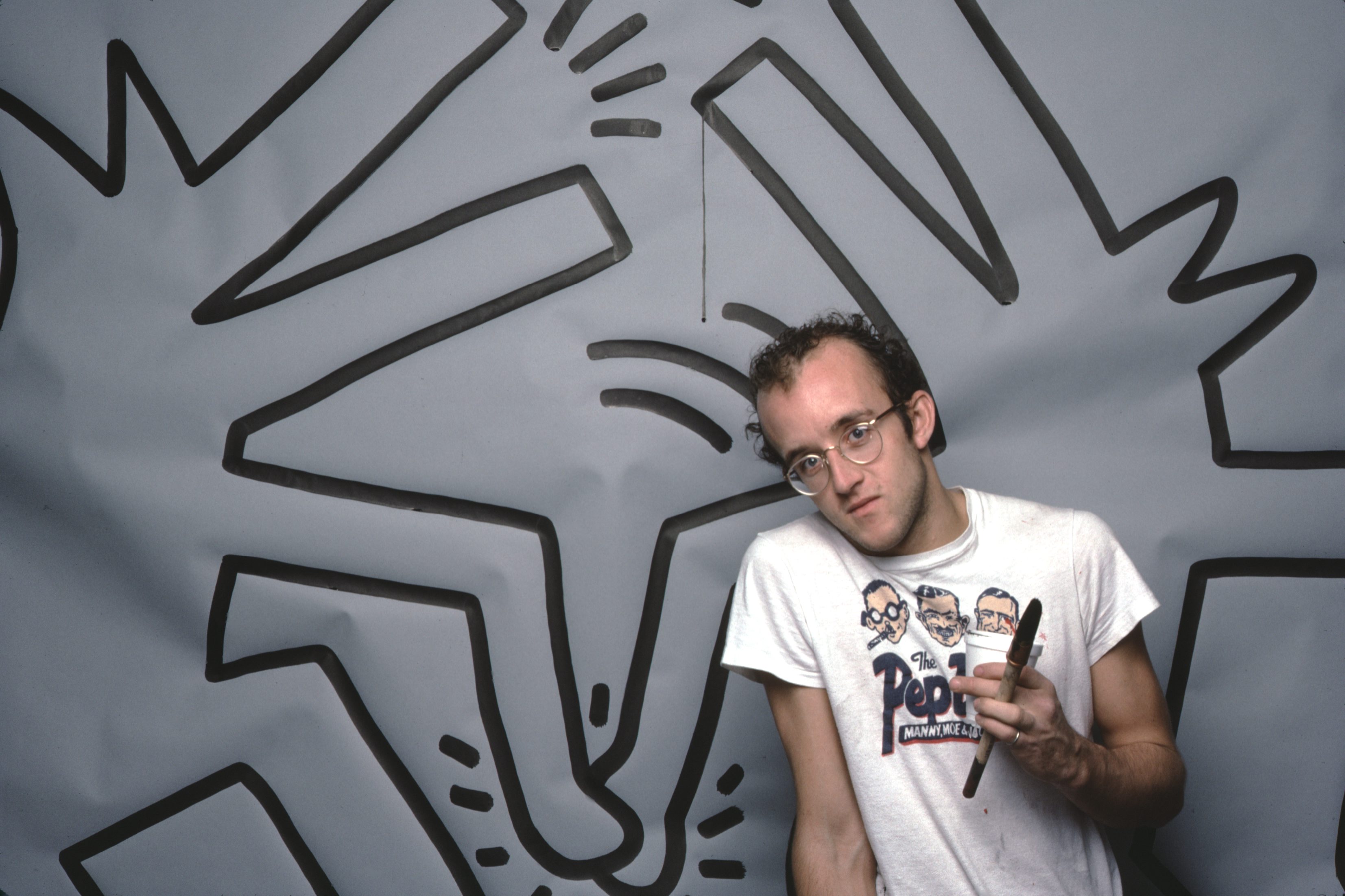 Modern masters: the ultimate guide to Keith Haring
Modern masters: the ultimate guide to Keith HaringKeith Haring's bold visual identity brought visibility to the marginalised
-
 Discover a hidden culinary gem in Melbourne
Discover a hidden culinary gem in MelbourneTucked away in a central Melbourne park, wunderkind chef Hugh Allen’s first solo restaurant, Yiaga, takes diners on a journey of discovery
-
 In South Korea, a new Bangjja Yugi museum honours a centuries-old Korean tradition
In South Korea, a new Bangjja Yugi museum honours a centuries-old Korean traditionStudio Heech transforms a coal-mining warehouse into a glowing cultural hub celebrating Korea’s master bronzesmith Lee Bong-ju – and the ancient craft of bangjja yugi
-
 Thomas Heatherwick's 2025 Seoul architecture biennale calls for ‘radically more human’ buildings
Thomas Heatherwick's 2025 Seoul architecture biennale calls for ‘radically more human’ buildingsThe 2025 Seoul architecture biennale launches in the South Korean capital, curated by Thomas Heatherwick, who argues for creating buildings in tune with emotion, 'the thing that drives us'
-
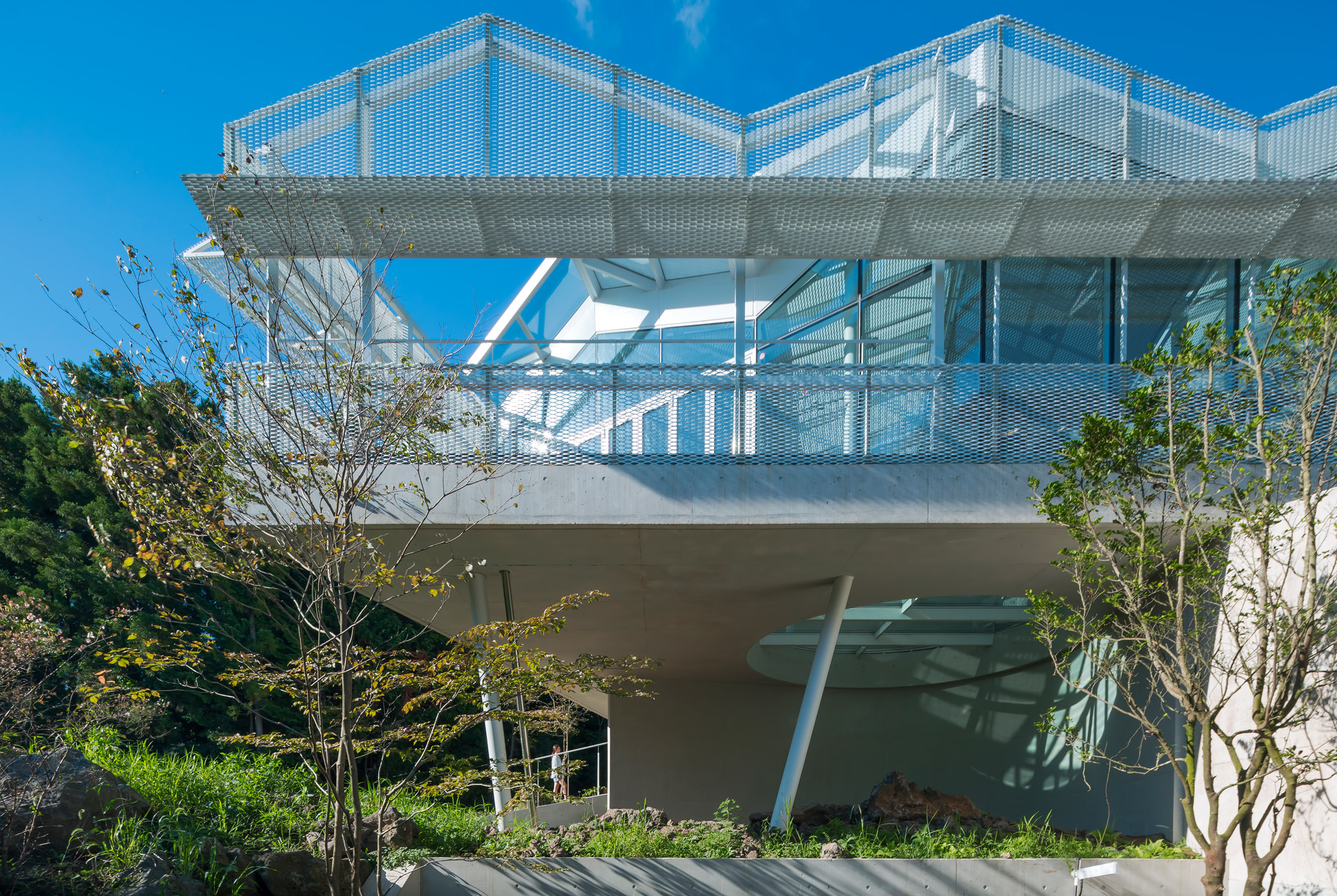 On Jeju Island, South Korea, a cabin stay with unobstructed views of forest and sky
On Jeju Island, South Korea, a cabin stay with unobstructed views of forest and skyEgattoc is a new hospitality complex by architect Byoung Cho, who wanted to create an experience where guests ‘can see the forest while they take a shower’
-
 Join our tour of Taikaka House, a slice of New Zealand in Seoul
Join our tour of Taikaka House, a slice of New Zealand in SeoulTaikaka House, meaning ‘heart-wood’ in Māori, is a fin-clad, art-filled sanctuary, designed by Nicholas Burns
-
 Wallpaper* Architects’ Directory 2024: meet the practices
Wallpaper* Architects’ Directory 2024: meet the practicesIn the Wallpaper* Architects Directory 2024, our latest guide to exciting, emerging practices from around the world, 20 young studios show off their projects and passion
-
 Studio Heech transforms a Seoul home, nodding to Pierre Chareau’s Maison De Verre
Studio Heech transforms a Seoul home, nodding to Pierre Chareau’s Maison De VerreYoung South Korean practice Studio Heech joins the Wallpaper* Architects’ Directory 2024, our annual round-up of exciting emerging architecture studios
-
 Architect Byoung Cho on nature, imperfection and interconnectedness
Architect Byoung Cho on nature, imperfection and interconnectednessSouth Korean architect Byoung Cho’s characterful projects celebrate the quirks of nature and the interconnectedness of all things
-
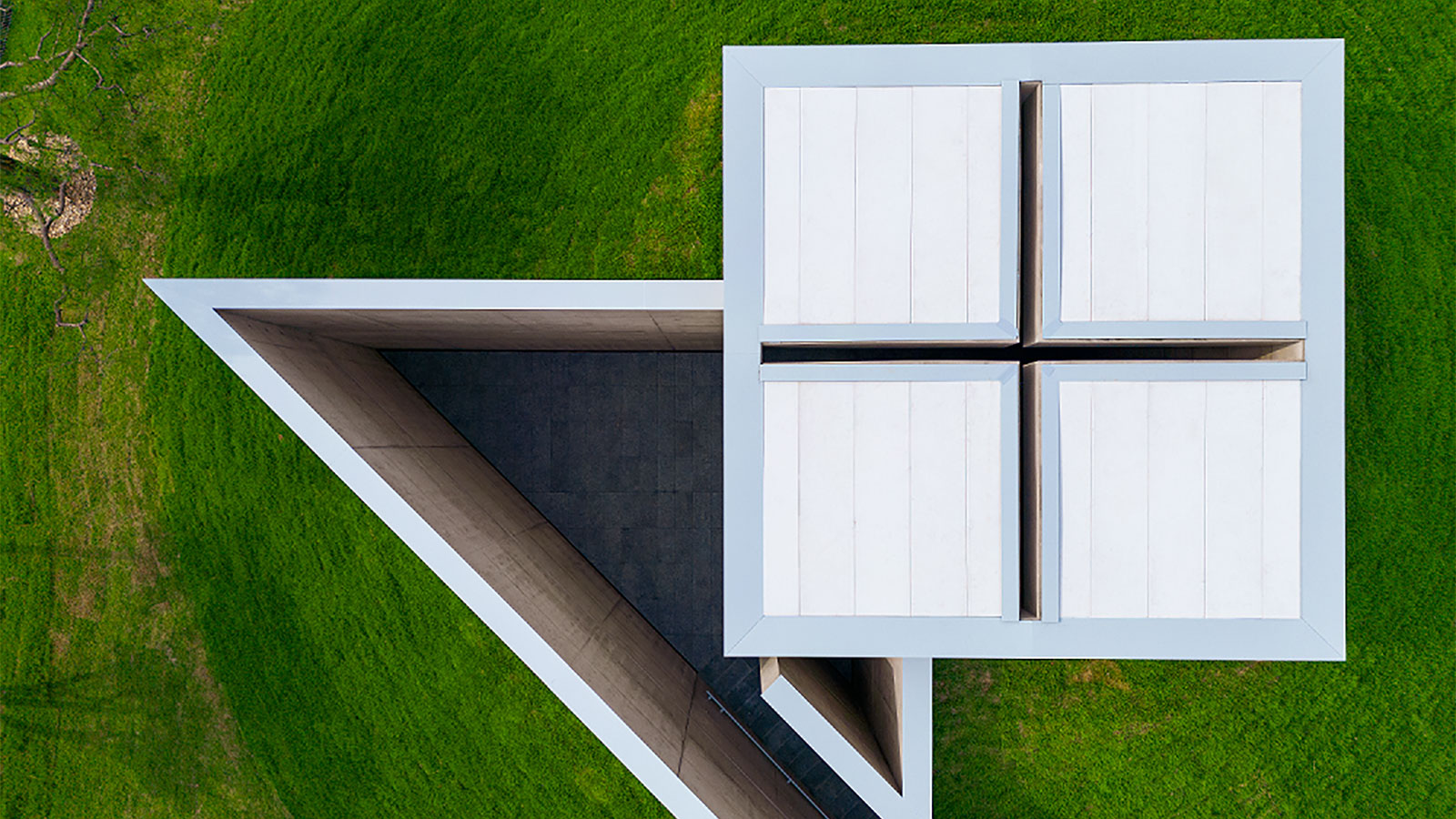 Tadao Ando’s ‘Space of Light’, a meditation pavilion, opens in South Korea
Tadao Ando’s ‘Space of Light’, a meditation pavilion, opens in South KoreaTadao Ando’s ‘Space of Light’ pavilion opens at Museum SAN in South Korea